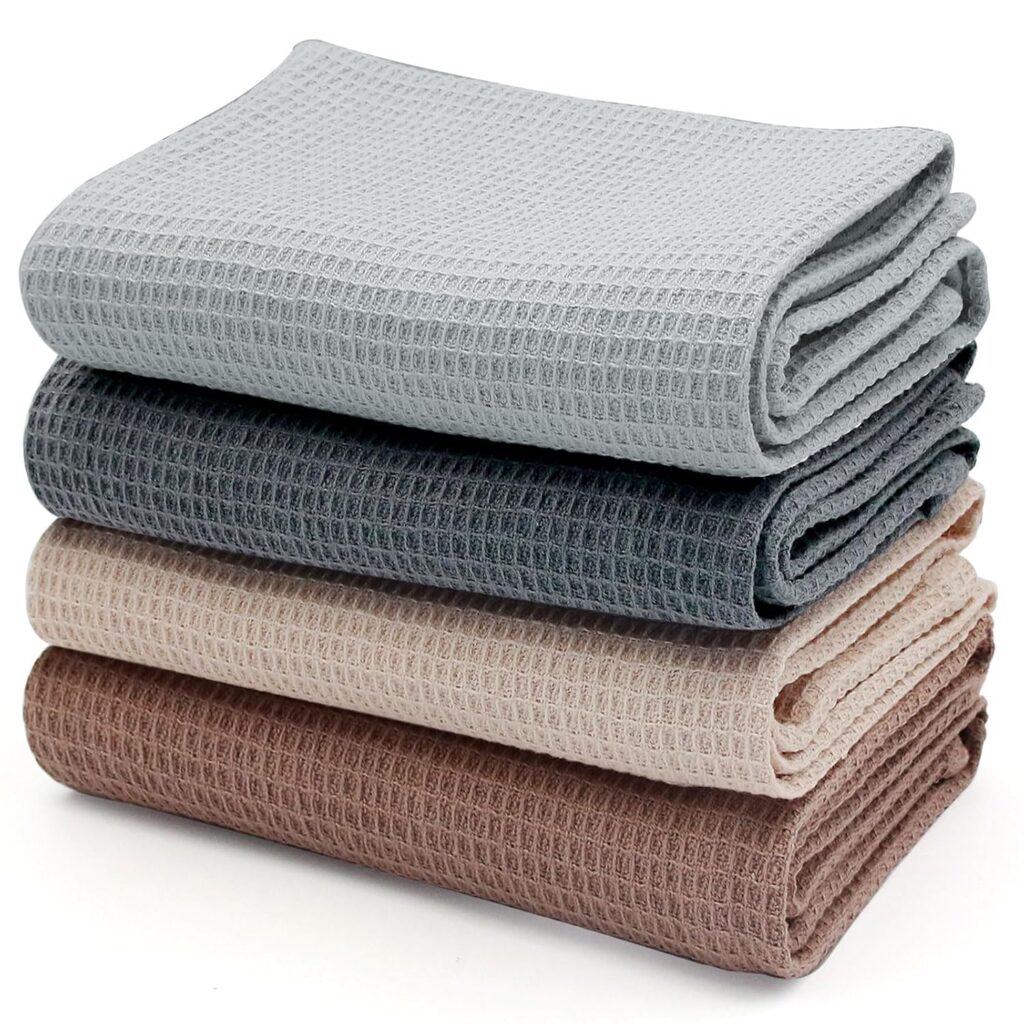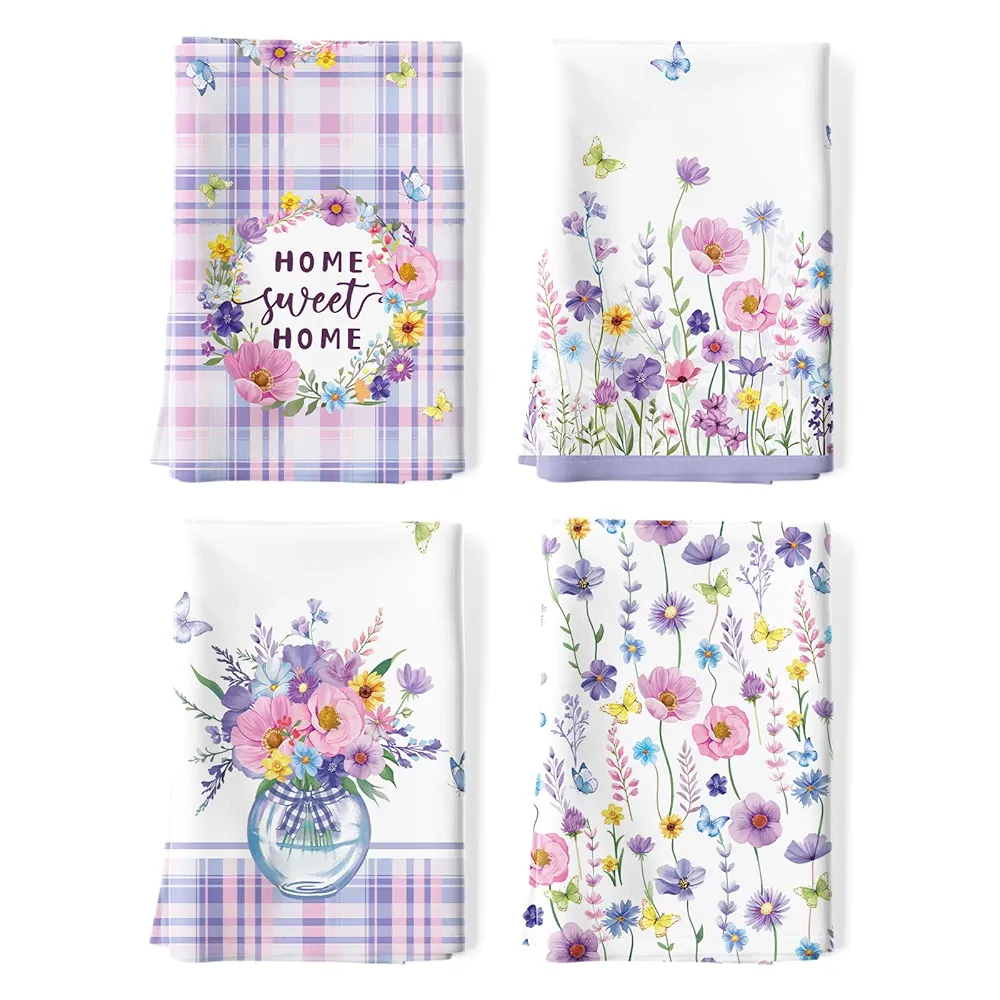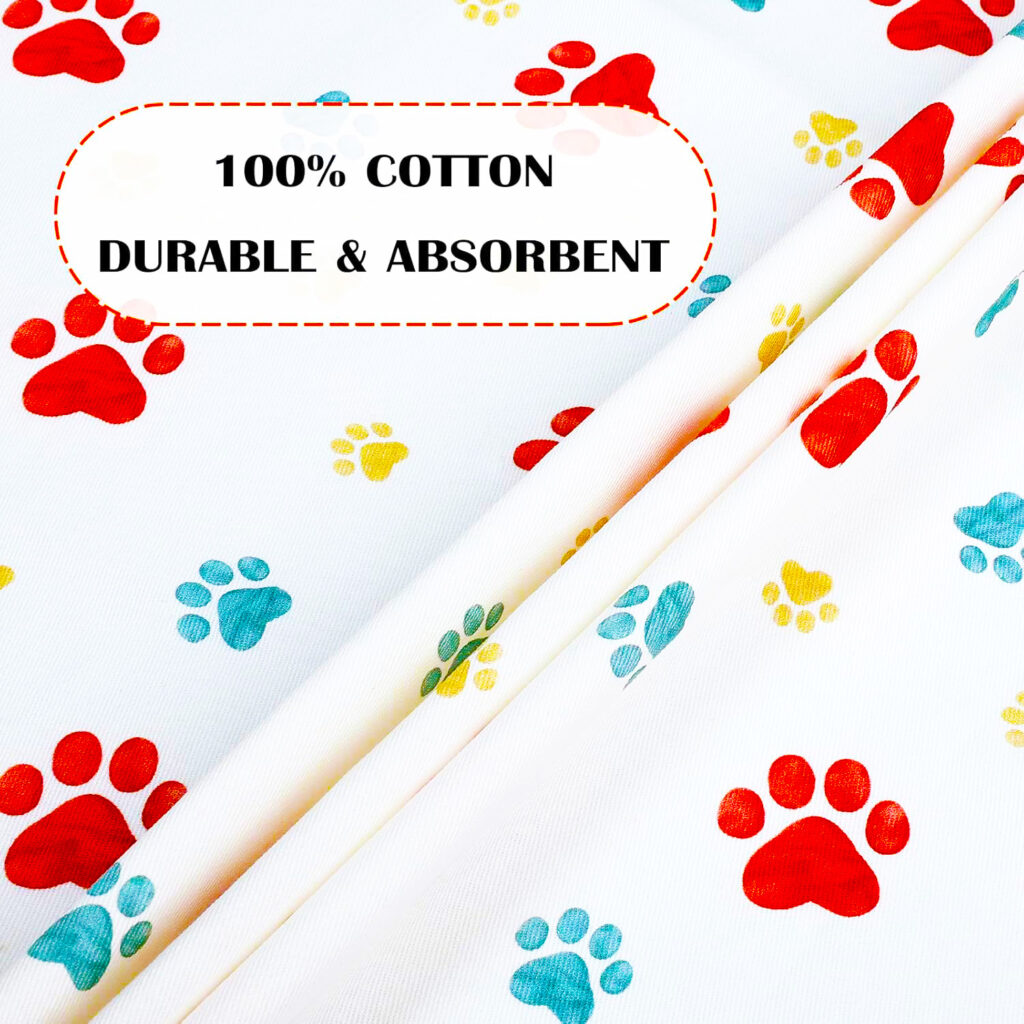How Do I Know if a Kitchen Towel Is Good Quality?
A kitchen towel may seem like a simple household item, but its quality can make a big difference in everyday cooking and cleaning. A good-quality kitchen towel is not just about looks—it should be absorbent, durable, safe, and easy to maintain. If you’ve ever struggled with towels that smear water instead of soaking it up or leave lint behind on dishes, you already know why quality matters.
Here’s a detailed guide to help you identify a high-quality kitchen towel.

1. Fabric Material
The foundation of towel quality lies in the fabric.
-
Cotton: The most common choice—soft, absorbent, and durable. Look for ring-spun or combed cotton for smoother, stronger fibers.
-
Linen: Lightweight, quick-drying, and lint-free, making it ideal for delicate glassware.
-
Bamboo or Blended Towels: Naturally antibacterial, eco-friendly, and highly absorbent.
-
Microfiber: Excellent for streak-free cleaning, though less traditional in appearance.

.
2. GSM (Grams per Square Meter)
GSM indicates the weight and density of the fabric.
-
300–400 GSM: Best balance of absorbency and quick drying for everyday kitchen use.
-
200–250 GSM: Lightweight, good for polishing and glassware.
-
400–500 GSM: Thicker and more absorbent, suitable for heavy-duty drying.

3. Weave Type
The weave affects absorbency, strength, and purpose.
Terry Weave: Loop-based, highly absorbent, great for heavy spills.
Waffle Weave: Lightweight, fast-drying, and stylish.
Plain Weave (Flat): Smooth, lint-free, ideal for drying dishes and glassware.
✅ Choose a weave type based on whether you need absorbency, speed drying, or lint-free performance.
4. Stitching & Finish
Examine the edges and seams.
Tight, even stitching = stronger towel that resists fraying.
Reinforced hems = longer lifespan.
Poor stitching or loose threads = towel will wear out quickly.
✅ A high-quality towel should keep its shape and edges intact after multiple washes.
5. Absorbency Test
A quick way to judge quality:
Sprinkle some water on the towel—if it absorbs instantly, it’s good quality.
If water beads up or rolls off, the towel is likely made of low-grade fabric or coated with chemicals.
✅ Good towels should become even more absorbent after a few washes.
6. Lint & Residue
High-quality towels should not leave lint on dishes, glasses, or countertops.
Linen and flat-weave cotton are best for lint-free use.
Avoid low-quality blends that shed fibers.
7. Durability & Wash Care
Good-quality kitchen towels:
Withstand frequent washing without losing shape or color.
Do not shrink excessively.
Retain softness and absorbency over time.
✅ Always check the care label—premium towels are designed for machine washing and long-term use.
8. Eco & Safety Factors
If you plan to use towels directly with food (covering dough, wrapping bread, etc.):
Look for OEKO-TEX® certification (ensures no harmful chemicals).
Choose organic cotton or bamboo for safer, eco-friendly use.


